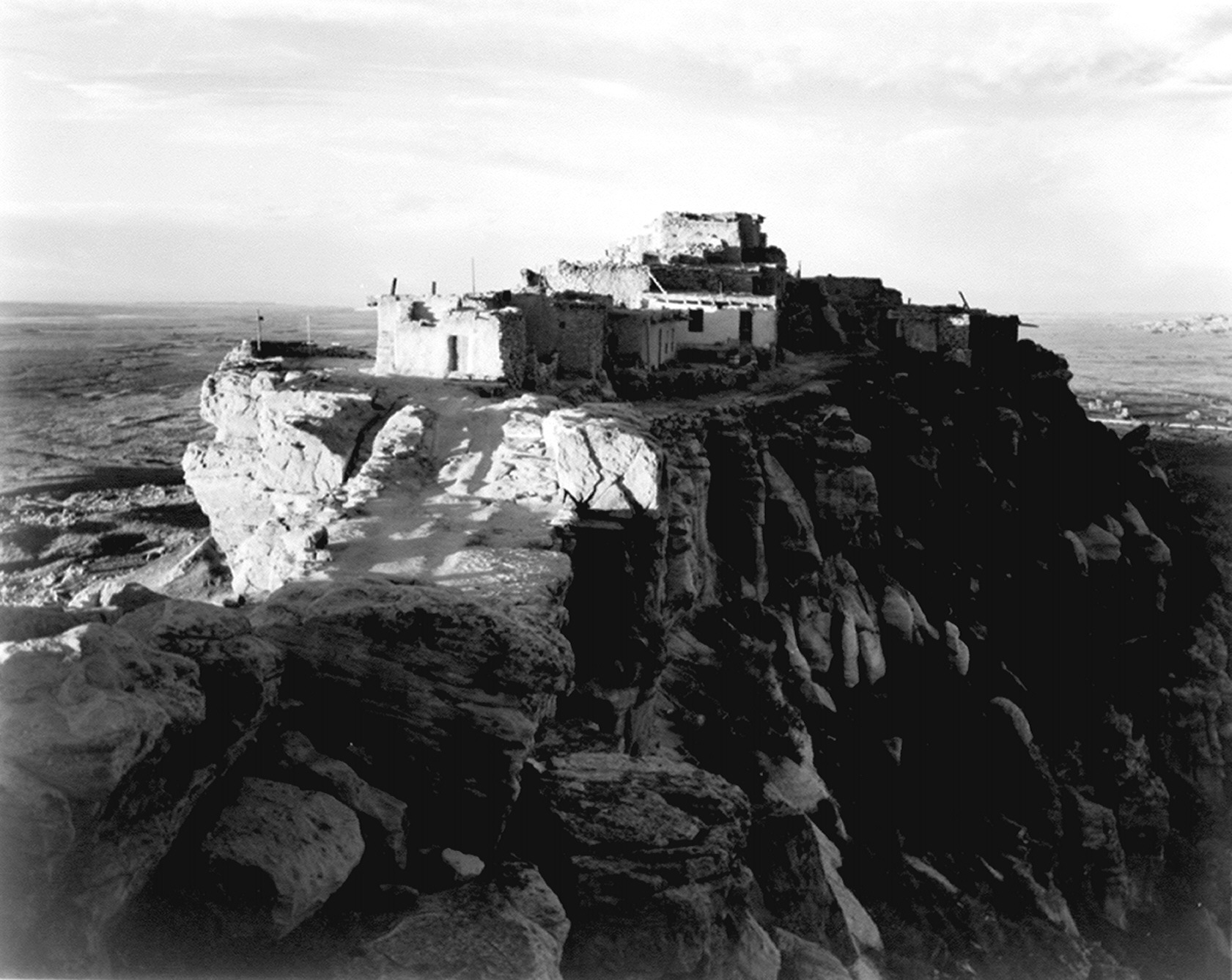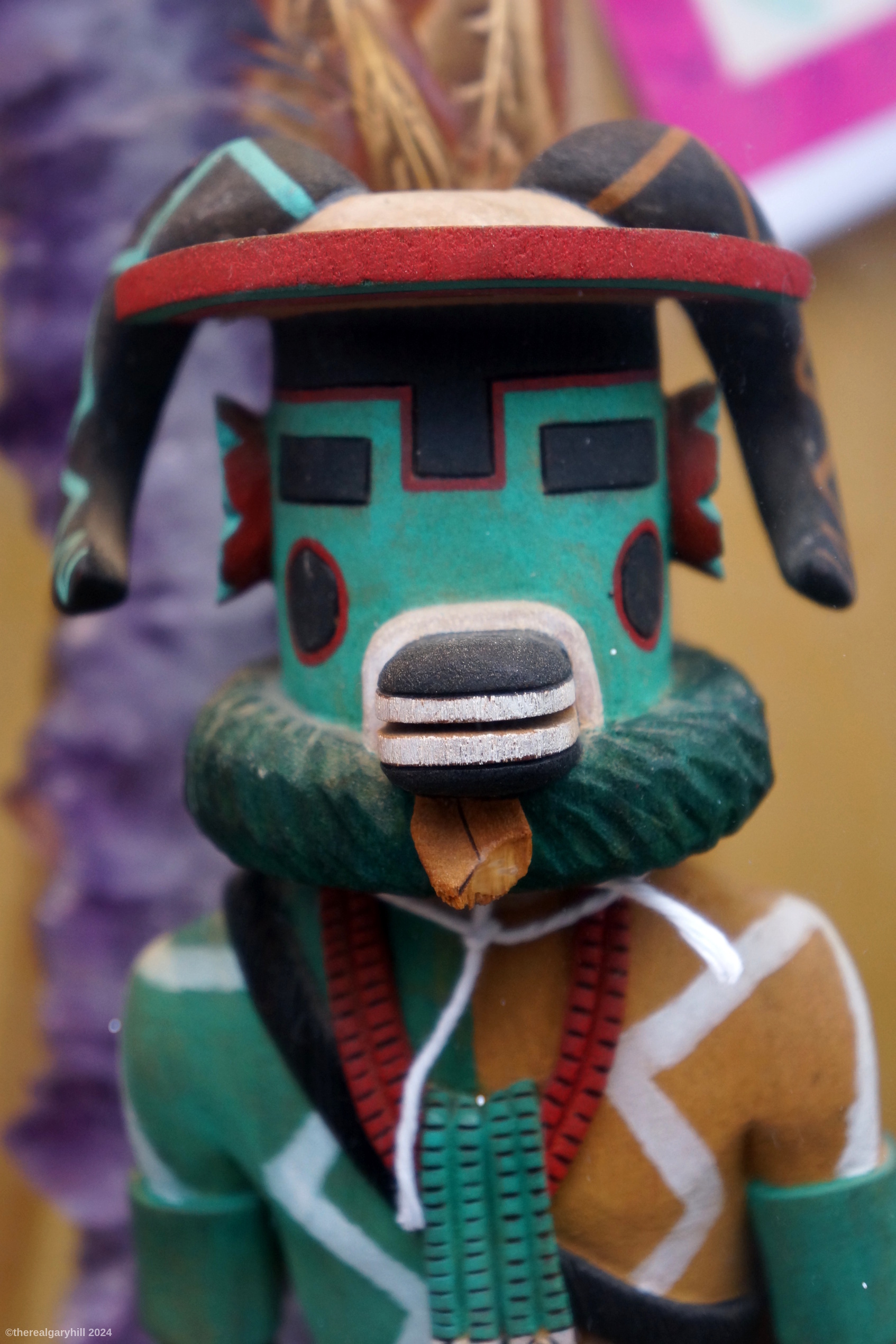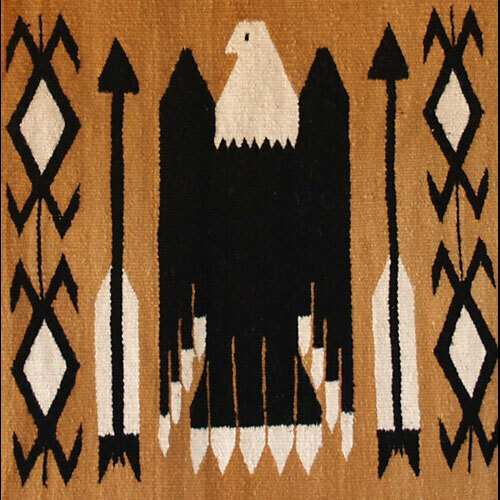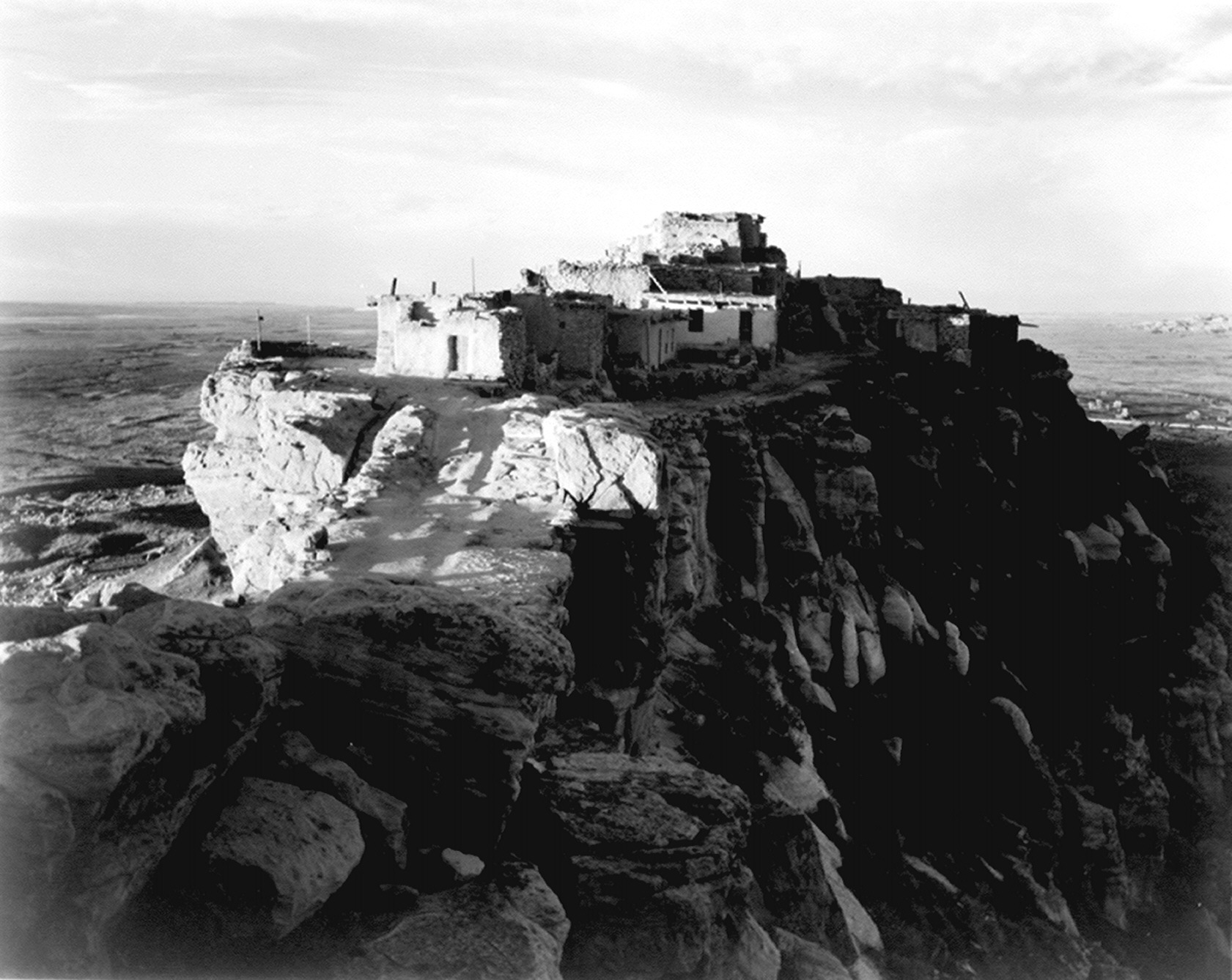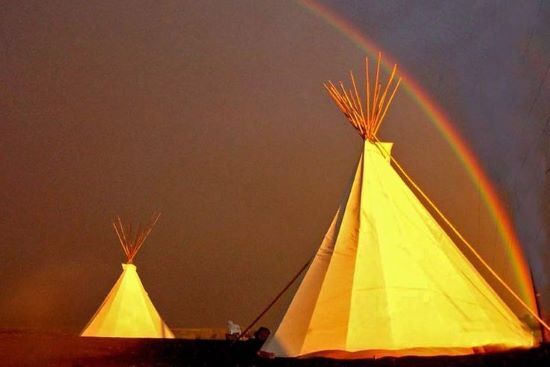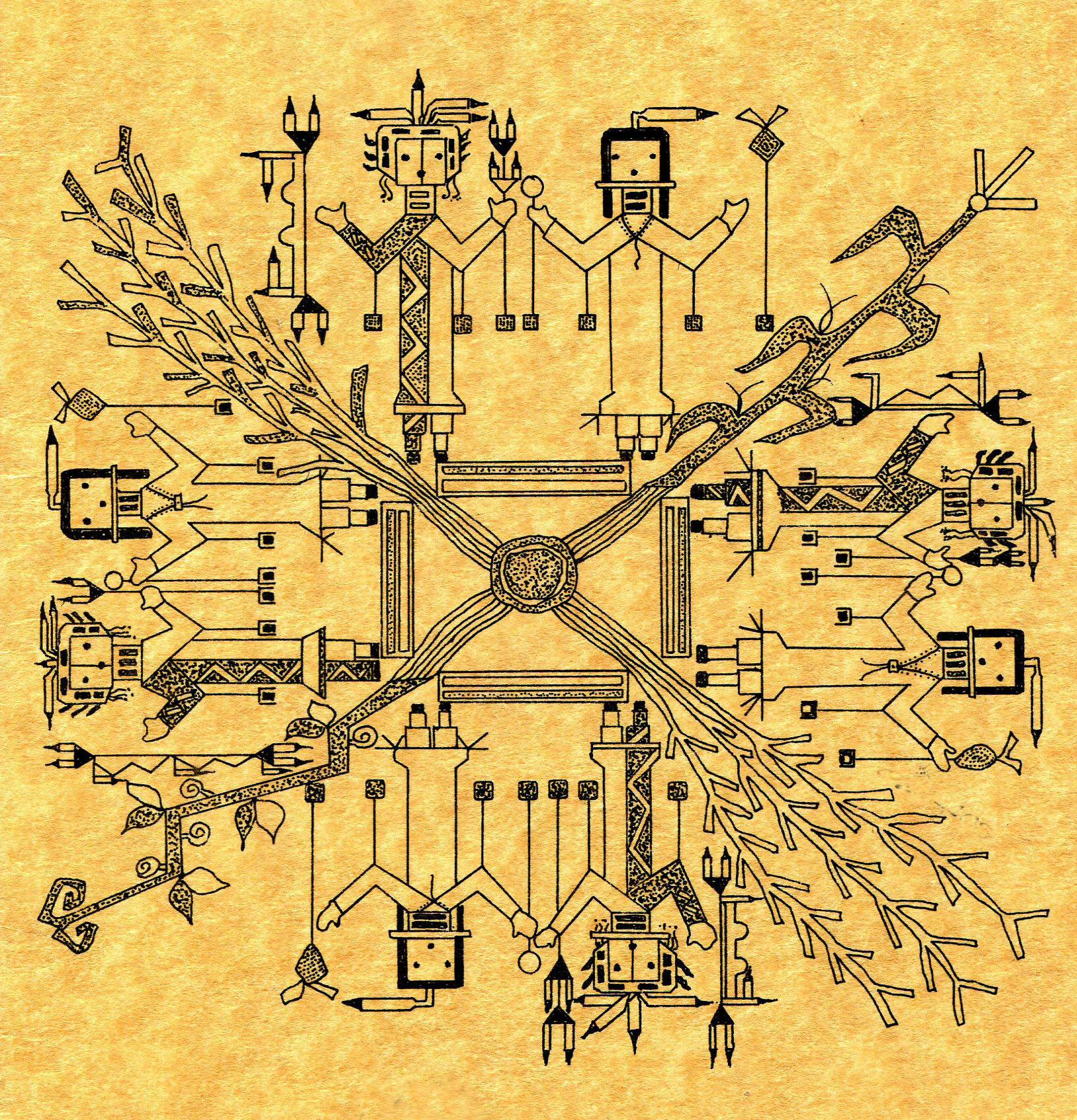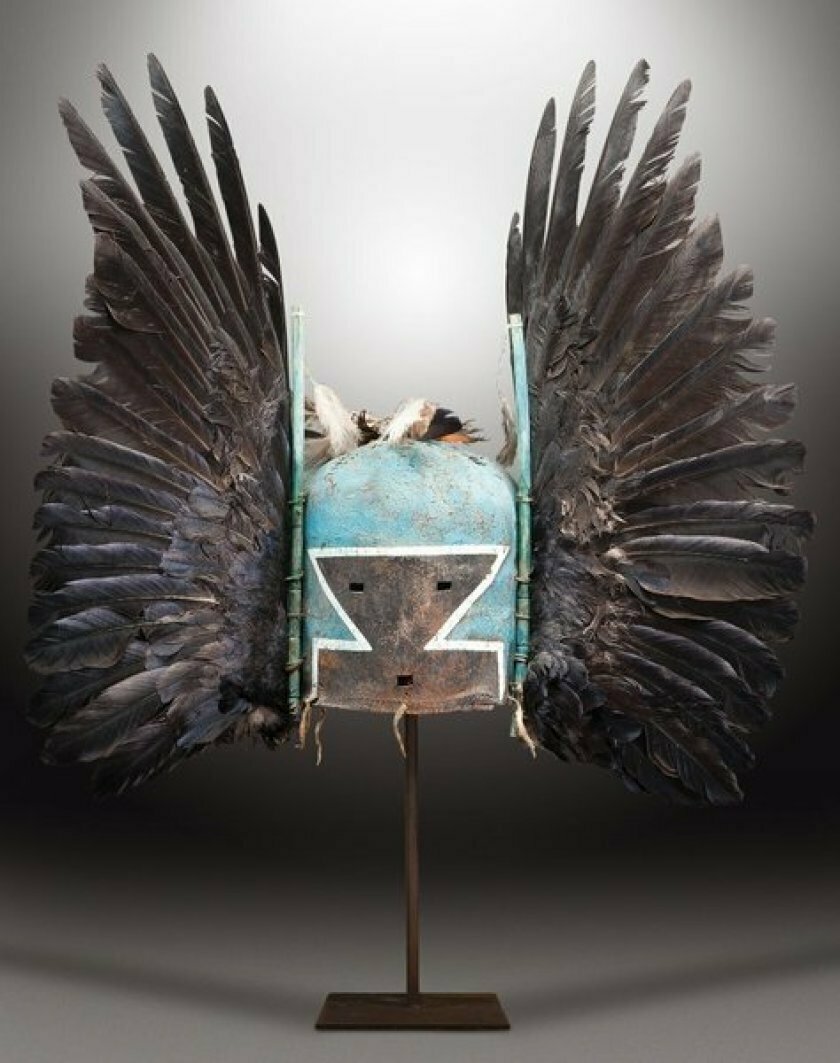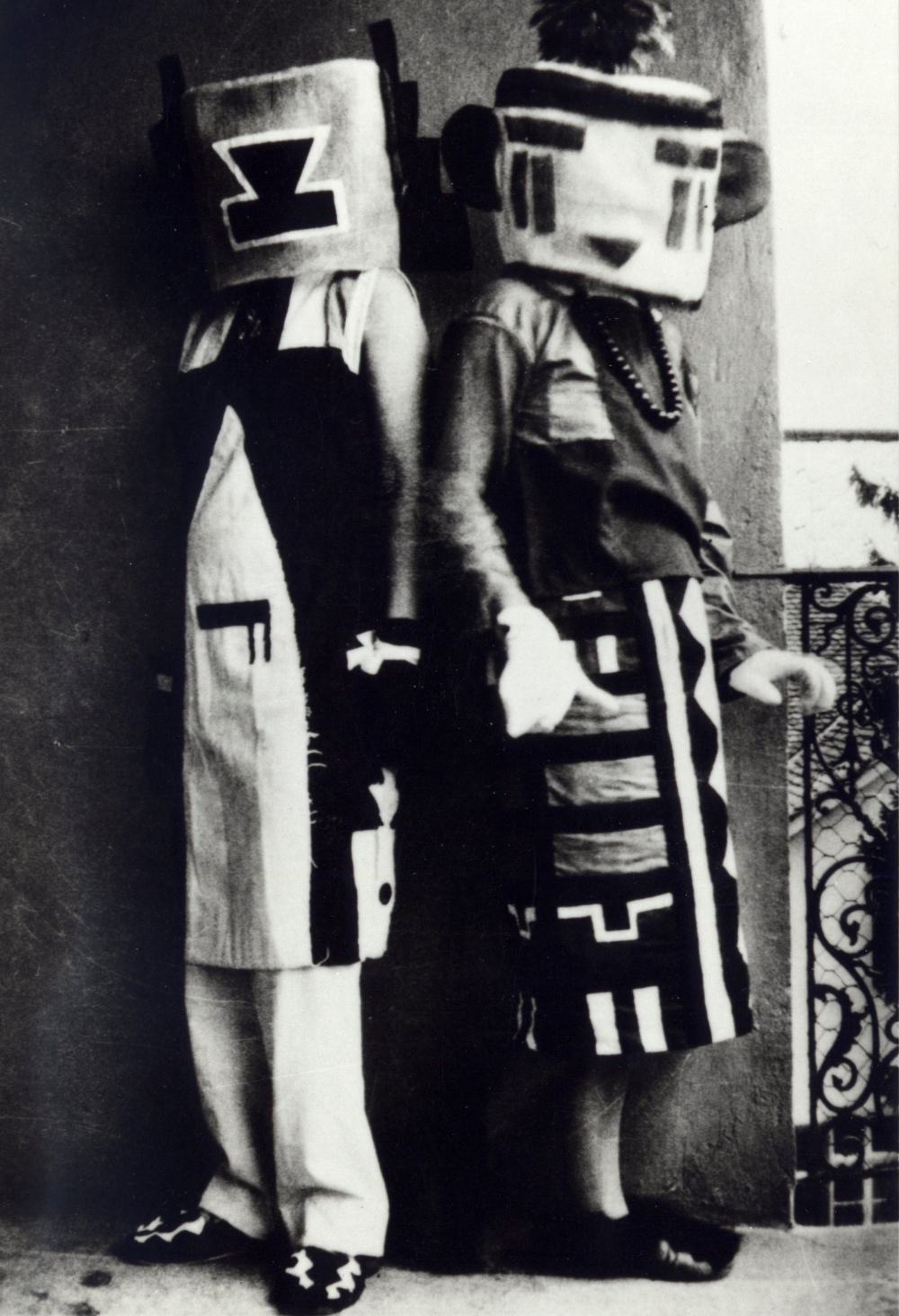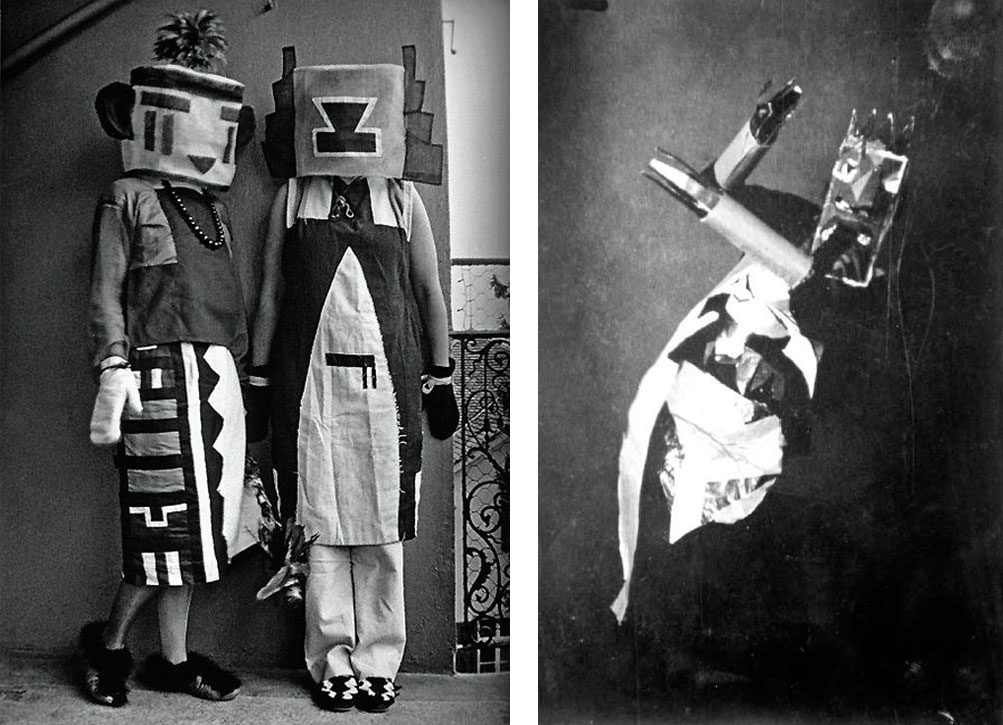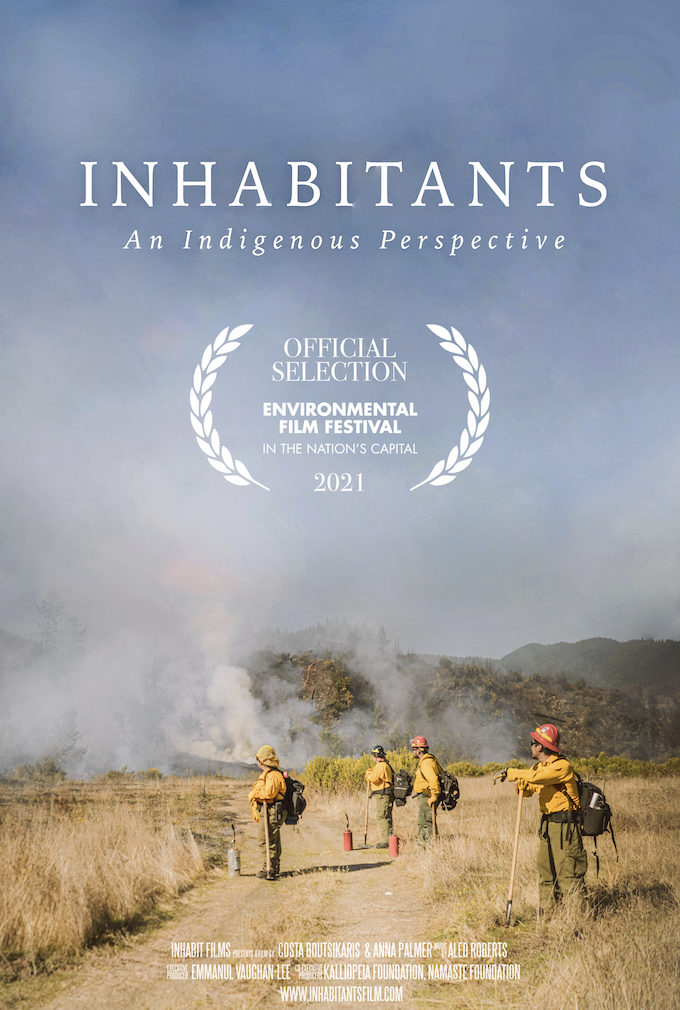#hopi #obsidian #gemstones
A TREASURE FROM THE HOPI RESERVATION
Obsidian is a gemstone of volcanic glass that forms when lava cools very quickly. It is most commonly black, but can be blue, red, orange, yellow or swirled. Obsidian is relatively soft and breaks or chips easily upon impact so it is not appropriate for jewelry such as rings and bracelets but it is used in earrings, brooches and pendants . It is also cut into beads and cabochons or used to make tumbled stones. Ancient people skillfully broke chips off the edges of obsidian pieces to make extremely sharp tools and weapons such as knives, arrowheads, spears and scrapers. This is a large chunk of obsidian.
Hopi Reservation. 3rd Mesa Hotevilla. Part 2 of 2. SHOVED OUT OF BED.
PRIVILEGE HAS RESPONSIBILITIES.
On the Hopi Reservation there are villages that are referred to as Traditional, and then there are the more modern villages. The Traditional Hopi were once called the Hostiles because they rejected the ways of the White culture and wanted to adhere to their religion. After bringing winter supplies, and by invitation, I mostly stayed with the Hostiles. There is no electricity, running water, or indoor plumbing. The outhouse is…out there. The Hopi houses can be very nice and occupied by Hopis who make a good living. There are also amazing adobe homes, mobile homes and other types of residential buildings.
An example of the Hostiles would be a modern home, including new adobe homes, with a modern double sink in the kitchen, but there would not be water coming from the faucets. The water is stored in a large container in the kitchen, and is dipped out when it’s needed. Hot water to wash dishes, clothing and for bathing is heated on a cast iron, potbelly stove. Water can be obtained by going to the main part of the village where there’s access to faucets. There’s also a variety of other sources for water, and it’s stored.
For a shower, there’s a room with a sink, and a modern shower stall, but of course you can’t turn on any water. For a shower someone will stand on a chair or ladder outside the shower stall, and from the top they will pour water into a large, suspended tin can with holes punched in it. It will be like a shower. A sight to see. The water will drain out in a drain at the bottom of the stall. There are also galvanized tin tubs used for bathing and washing clothes.
Lying on the ground at night, looking up at the vast, black sky with stars, it’s so breathtakingly beautiful. It is also totally silent. Just the silence alone is enough to make me cry because of all the continual, loud noises in the city where I live. The city wakes up screaming, with police sirens, fire engine sirens, and ambulance sirens. The city is a large, tortured beast. On the Reservation you have a chance to feel like a human being, and a part of nature and the universe. Your mind can unravel and be calm. Your body can relax. Back in the craziness and noise of the city, many times I close my eyes and mentally transport myself to the Hopi Reservation, lying on the ground, looking up at the day sky, and the night sky.
By the main house, there’s a building for visitors, and relatives. It was built with concrete blocks. There is no electricity. In this building there's a large, one room bedroom. There are a few windows, and a cast iron potbelly stove at the far end by a wall. The rest of the space has a variety of beds and cots in it. In this room women sleep, including young girls. I’m the only White woman. On the opposite side there’s another large room exactly like it where the men and boys sleep. In between there’s a small entry room where muddy shoes are removed, coats and hats. A Mud Room. It also helps to block the cold, winter air from coming inside the bedrooms. From the Mud Room you have to open a door to enter the bedrooms. At this location where I stay, there's a third building where Hopi men make beautiful jewelry. They use a generator for any electricity they may need to do their work.
On my very first night of sleeping on the Reservation, I’m given the most desirable bed. It’s a King size bed, with a beautifully carved oak, antique frame, a new mattress and a wonderful pillow. I share the bed with two other women. The custom is one woman sleeps by the wall, another sleeps in the middle, and one is on the outside, where it’s easy to get in an out of bed. The outside is the most desirable place to sleep. I’m told that’s where I’ll sleep.
The sleeping positions are changed each night. The one against the wall moves to the middle. The middle woman moves to the outside. The outside woman moves to the wall. A circle. I felt honored to be given the best bed, and also the best position-on the outside. Unknown to me there was a price to pay for the luxury of sleeping in the most desirable bed, and in the most desirable, outside position. As soon as the sun rose, and was shining in one of the windows, I was promptly shoved out of bed by the Hopi woman in the middle. I crashed hard on the concrete floor. No nice, soft carpet with padding. “Go! Go!" She says. Still half asleep and astonished at such a rude awakening, she explained that I must go outside to the coal shed, bring coal back inside, and get the fire going strong in the potbelly stove by the wall!! . The fire was almost out. Everyone else in the room is silent and sleeping, or they have their eyes closed, and getting a good snicker at my ignorance.
I obey her immediately. I get dressed quickly and walk outside in the cold, snowy weather to the coal shed. I load up the bucket and start walking back to the bedroom building. I had never seen or felt real coal before. Along the way I picked up a piece of coal that was on the ground in some snow and threw it in the bucket. When I returned a few of the ladies were standing by the stove waiting for me. The large concrete block room was getting very cold. I know nothing about how to build a fire inside a potbelly stove, or anywhere else. I open the small door in front of it, and looked inside. They had already placed sticks and some paper in it. They motion for me to throw in the coal. I obey immediately. Then, suddenly, I feel a slap in my hand and the woman grabs me by the wrist. “No! No!” she removes the piece of coal from my hand. I’m bewildered, not knowing what I’ve done wrong. Then the women cover their mouths and softly giggle. (They're such sweet women. And it brings tears to my eyes as I write this, to think of their sweetness, kindness and how they gently teach.)
One explained that what I was about to throw in the fire was not coal, but a large chunk of obsidian, a valuable semi-precious stone. I knew nothing about obsidian. I had never even heard the word before. In my bleary, half asleep state, and out in the cold, I only saw a black piece of coal, half buried in some snow on the ground. They realized what I had done. Obsidian is on the ground on their land. And of course, it's not dumped in the coal shed. They liked the way I took the initiative to pick up a piece of what I thought was coal from the ground. Even though I had made a big mistake, I was praised for not being lazy, especially out in the cold winter weather, and in a hurry to be back inside, and to bring the coal quickly. They also approved of how I obeyed instruction immediately, without question and grumbling. That meant I trusted them, respected their authority, knowledge and customs. I wasn’t a lazy White princess from the big city, expecting to be pampered.
That was my introduction to obsidian, Hopi teaching, and to have the best privileges, there is a price to pay. Upon leaving to return to the city, my job, apartment, and my White woman culture, my wrist was once again gripped by a Hopi woman. She placed the large chunk of obsidian in my hand, a gift to take with me. I was invited to return. And, for many years, at every opportunity, I do return.

